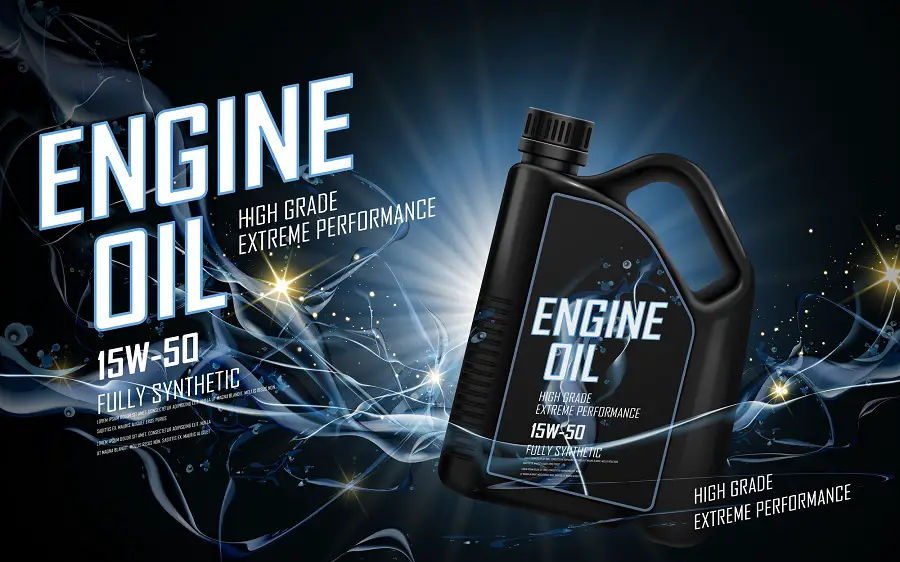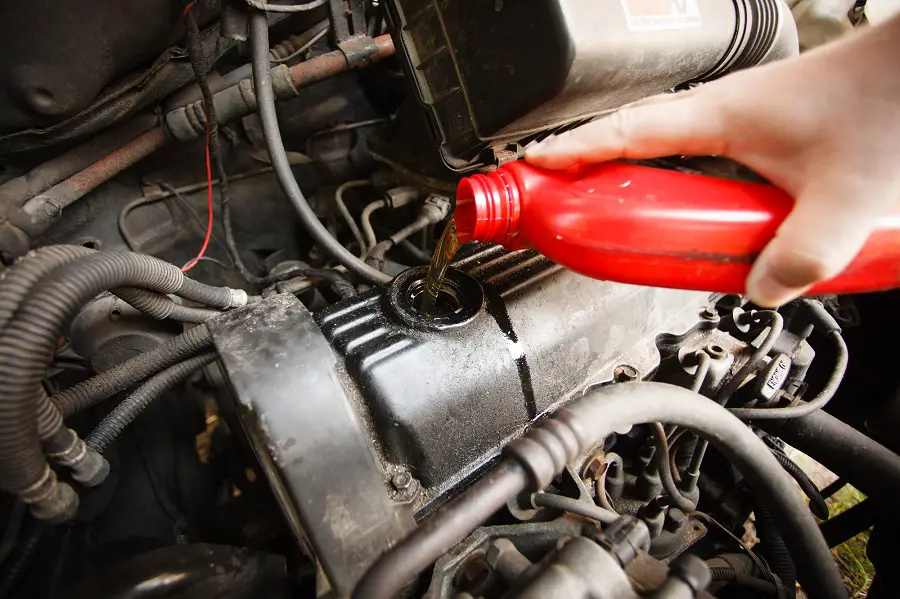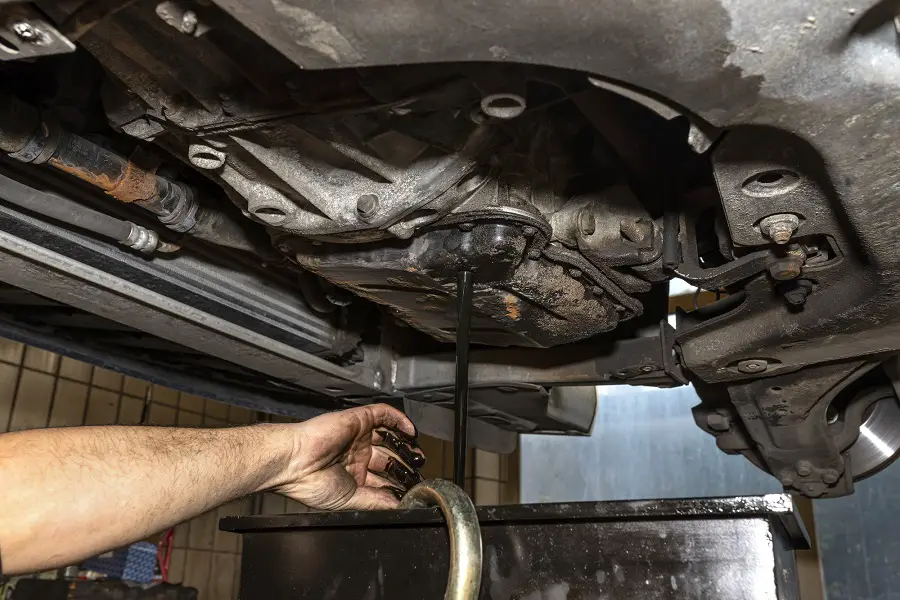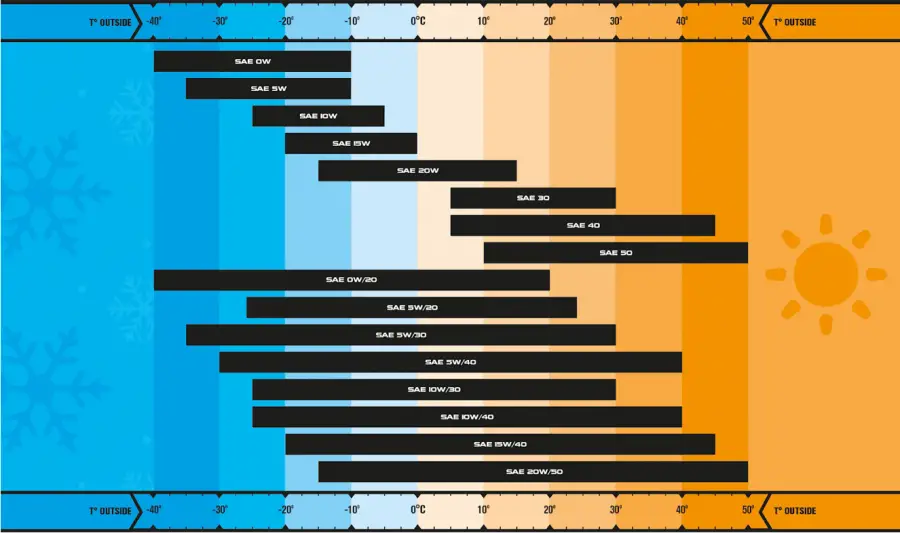My mechanic told me one of the primary causes for engine failure is caused by low coolant levels. I guess that means I need to learn how to check mine. So, how do I check my engine coolant? Here’s what I learned, and thankfully it’s easier than I thought.
I start by opening the vehicle’s hood and locating the radiator and coolant reservoir. The reservoir is usually clear, so I can see the coolant levels. Then I find the maximum fill line on the reservoir. It lets me see if the fluid levels are low.
How to Check Your Engine Coolant
The coolant reservoir is next to the radiator. It’s easy to check coolant levels with the reservoir. I almost used the radiator, but then thought why make it harder? I don’t need to unscrew the radiator cap and insert a dipstick. The convenient maximum fill line makes it easy to see if my car’s fluid levels are low.
How Do I Know If My Car Needs Coolant?
Most vehicles will give a few warning signs when coolant levels are running low. Vehicle manufacturers know not all drivers routinely check their antifreeze levels which is why they installed handy warning gauges on the dashboard.
The temperature gauge lets you know when the engine is running hot. Most gauges are even color-coded. The temperature needle needs to stay in the green zone, which is easy to remember. When it moves to yellow, it’s time to check the coolant levels. I love it when everything is color-coded. It makes everything easier.
Some modern vehicles even come with dashboard lights that appear when it’s time to add more fluid to the reservoir tank.
Is There a Warning Light for Low Coolant?
Most modern vehicles have a warning light for low coolant on the dashboard. Older model cars and trucks usually have gauges with needles. The needle lets me know the coolant level.
Proper Steps to Check Coolant Levels
Even though it’s easy to check the engine’s coolant levels, I still followed a few common-sense steps my helpful mechanic drilled into my head.
Never check coolant levels when the engine is running or hot. Not only is it dangerous, but it is also ineffective. Wait for the engine to cool down. The hood should be cool to the touch.
Now, the coolant has settled, and I can get an accurate reading. I also don’t have to worry about burning my skin on hot engine components. This way, I don’t have to file an insurance claim and admit I touched a hot engine part.
How Long Can You Drive with Low Coolant?
When the coolant level is low, but still above the minimum line, it’s possible to keep driving short distances for a few days. It’s not recommended, but the engine shouldn’t be damaged. Just remember to fill the coolant as soon as possible.
Coolant levels below the minimum line mean don’t turn the engine on. Fill the reservoir and then start the vehicle.
Is There a Difference Between Antifreeze and Coolant?
Antifreeze and Coolant perform the same function but are different types of liquids. Antifreeze is a glycol-based concentrated liquid that needs diluting before use. When water is added to antifreeze it’s referred to as coolant.
When Should You Check Your Coolant
The dashboard warning light or temperature gauge indicates when coolant levels are reaching the minimum line, but there can be other warning signs.
- Coolant is leaking from the vehicle
- The engine is making a grinding noise
- Steam or a strong, sweet odor is coming from the engine
- Flecks of rust appear in the leaking fluid
Any of these signs means it’s time to pop the hood and check the coolant.
What If My Coolant Reservoir is Empty?
When the coolant reservoir is empty, there’s one thing I didn’t do. I did not start the vehicle. Instead, I filled the reservoir and gave it a couple of minutes for the fluid to settle. Not only does this prevent engine damage, but the fluid also has time to settle so I know if I need to add more. It’s nice to know I don’t have to check the coolant again for a while.
When You Know You Have a Slow Leak
A slow leak in the radiator or reserve is often caused by a small tear in the hose. The radiator or reservoir tank may also be damaged. Often, it takes a certified mechanic to pinpoint the leak.
When the vehicle can’t immediately get into the repair shop, it’s okay to keep driving for a few days.
When Your Car Isn’t Running Correctly “Under Load”
Under load refers to a vehicle not accelerating properly, and it is often due to engine misfiring. The problem is usually caused by damage to one or more engine cylinders. Unfortunately, it often means the engine needs to be rebuilt. It is an expensive repair, even with only one damaged cylinder.
A common reason the problem appears is from running the engine with low or zero coolant in the tank and reservoir.
How to Add Coolant
Adding coolant is simple, and it only takes a few minutes. Grab the bottle of coolant, a rag, and a funnel. The funnel makes it easy to pour the coolant, and the rag cleans up any spilled drops.
Do You Add Coolant While the Car is Running?
Never add coolant while the vehicle is running. Letting the engine cool is a safety precaution, and ensures the right amount of liquid goes into the reservoir.
Do You Put Coolant in the Radiator or Reservoir?
Most modern vehicles come with a coolant reservoir, and it’s where I add the coolant. Older model cars only have radiators. Carefully remove the radiator cap when the engine is cool. Use the funnel to guide the coolant into the opening.
Does My Coolant Reservoir Need To Be Full?
The coolant reservoir has a maximum fill line. Fill the reservoir to the line without going over. Going past the line may cause fluid to leak out of the vehicle.
Can I Top My Coolant with Water?
The coolant is already diluted with water, so adding more is not recommended. However, if fluid levels are running low water can keep the engine functioning. As soon as possible check the mixture levels, more coolant may need to be added.
Using plain tap water is safer for the environment, along with any pets and small children. The downside is water does not protect the engine as well as coolant.
How to Check Mixture of Coolant
It’s not hard to check the coolant mixture. I didn’t even need to send a sample off to the lab.
What Should the Coolant Mixture Be?
The coolant mixture should be around 50:50, but a 60:40 ratio is also fine. The ratio should not be below 70:30 or above 40:60.
Use a Coolant Meter or Antifreeze Tester
It’s easy to use a meter or tester to check the coolant mixture. Start the engine, let it warm up, and insert the positive probe into the reservoir. The negative end goes on the negative battery terminal. Next, get the engine up to 2,000 rpm. Make sure the emergency brake is engaged before revving the engine. It’s something I also check. The last thing I want is for my car to go through the garage door or into my home.
The digital meter lets me know if the mixture is right for my vehicle. It should read around .4 volts or less.
What Does a Coolant Tester Do?
A coolant meter or antifreeze tester is a handy tool to have, and there’s one in my home garage. It quickly checks coolant mixtures giving me accurate results.
Can Too Much Coolant Make Your Car Overheat?
Too much coolant can cause the car to overheat. It can also cause engine corrosion, damage to the water pump, and unnecessary wear on the motor.






